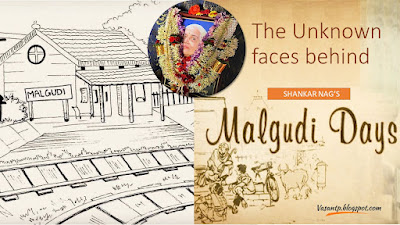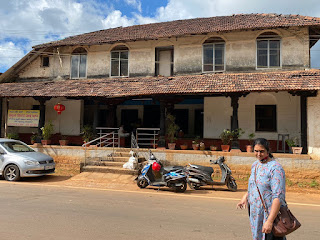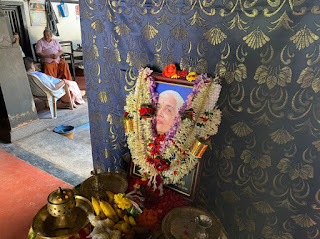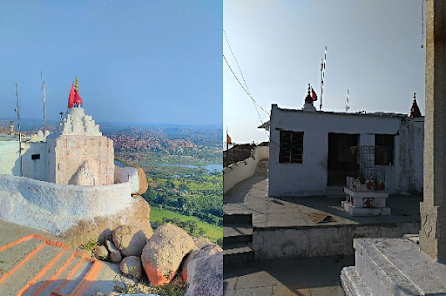There, amidst Flemish tapestries and Delft porcelain, I stumbled upon something quietly breathtaking: a map titled "GEOGRAPHIC MAP of the Great Empire of CATHAY", inscribed in Latin at the bottom right. At first glance, it was a cartographer’s fever dream - equal parts mythology and geography, beautifully distorted by ambition and awe.
The map offered more than geography. It captured a Nordic worldview in flux - shaped by the allure of distant lands, porcelain from China, and silk from India. It was a window into how the people of the North envisioned Asia, relying heavily on accounts by explorers like Marco Polo and the evolving reports from Jesuit missionaries and Portuguese traders.
“Cathay” was the term used - a name popularized by Polo to describe China - though the map also referred to “Sina Regio,” hinting at a transitional understanding of the same land. This region, as imagined by European cartographers, was immense. It was the seat of the empire, home to “Cambalu” (now Beijing), and stretched all the way from the Middle East and India on the left, across Southeast Asia, to Japan on the right.
The merging of myth, religion, and cartography was stark. The placement of the "Oceanus Indicus" and "Oceanus Chinensis" hinted at the emerging awareness of sea routes that would soon define colonial and commercial ambition. Meanwhile, landmarks like "Mare Caspium" (the Caspian Sea) were distorted and oversized - accuracy often gave way to speculation.
India appeared fragmented yet significant - “Regnum Decan”, “Regnum Orixa”, and “Regnum Bengal” spoke to the subcontinent’s political identities. “Taprobana” or “Ceilão”, the ancient names for Sri Lanka, floated nearby. Even rivers like the Indus and Ganges were present, though reimagined in scale and flow.
What struck me most was not the inaccuracy, but the intent. This map wasn’t just about plotting land. It was a narrative - of trade, power, belief, and curiosity.
The museum itself reflects this blend of history and storytelling. Housed in a grand 19th-century building along the Stockholm waterfront, its layout encourages a chronological journey, not just through art but through shifts in taste, culture, and contact with the wider world. Each floor reveals another layer of European - and especially Nordic - encounters with the global.
In the 16th-century gallery, this map reminded me that style isn’t just fashion. It’s also perception - of people, lands, and histories that once seemed distant, exotic, and full of mystery.

























